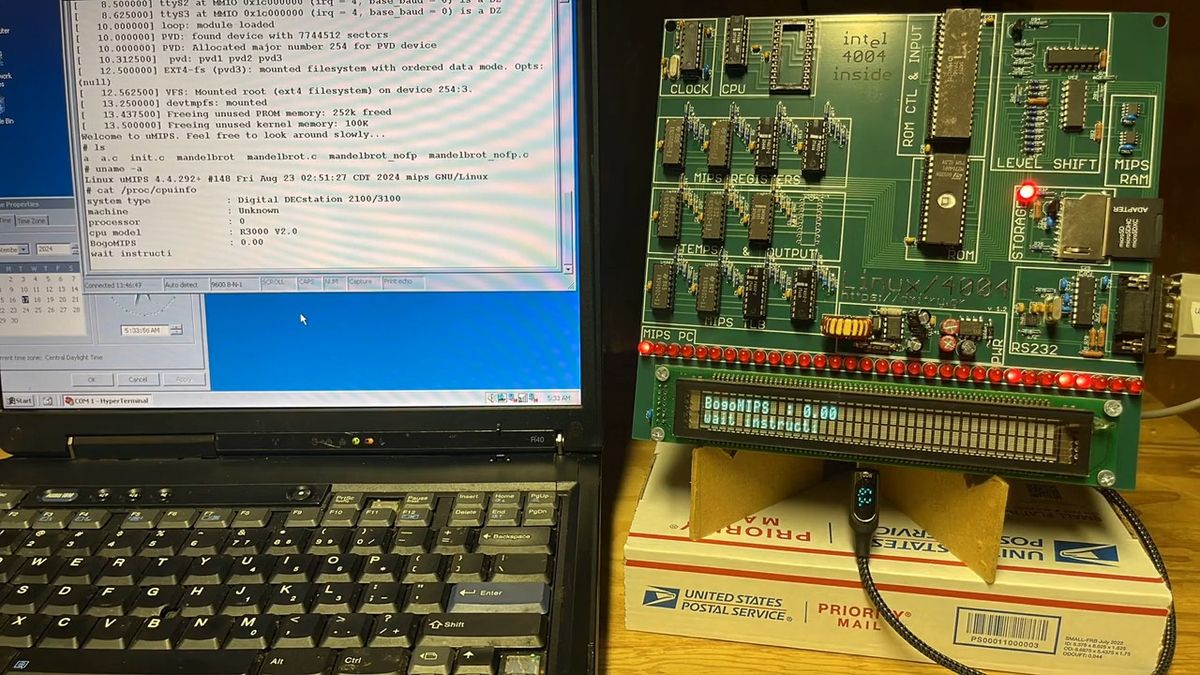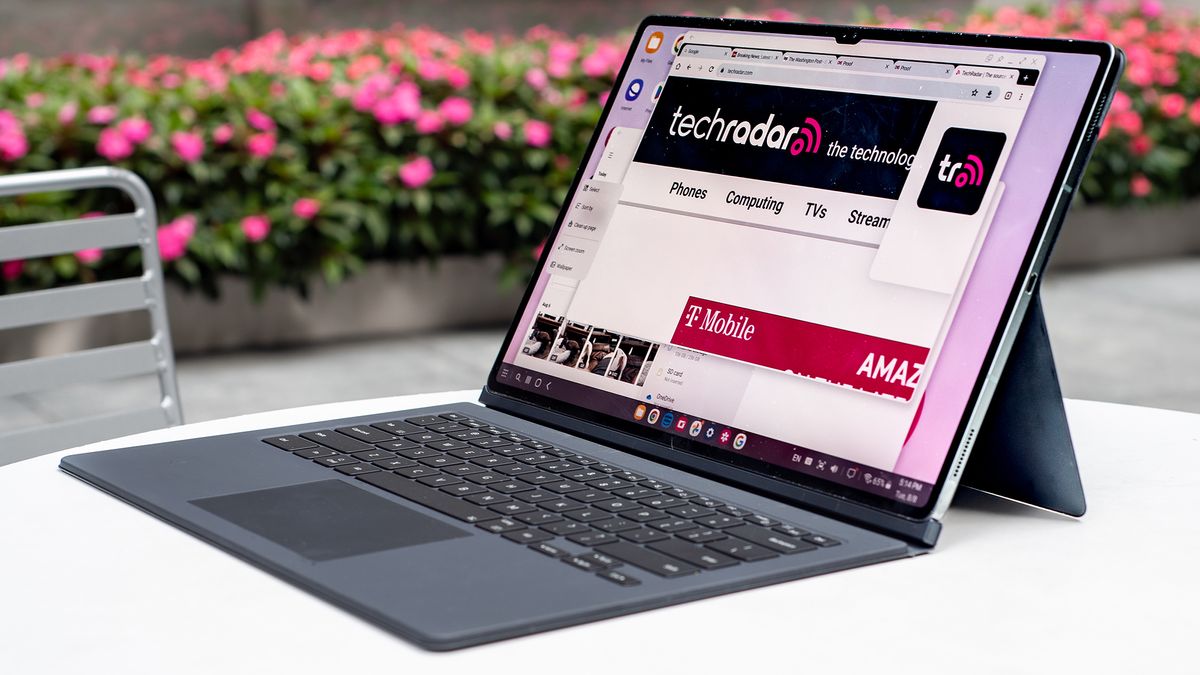Wish your PC booted up faster? Well, if you think your computer has a sluggish startup time, how about waiting the best part of a week for the machine to boot? That’s the length of time a Linux PC powered by an ancient Intel CPU will keep you tapping your fingers on the desk.
Tom’s Hardware flagged up this left-field experiment, undertaken by a programmer, Dmitry Grinberg, who set about using the Intel 4004 to boot up Linux (Debian, to be precise).
You may be aware that this isn’t just any old processor, but Intel’s very first chip, and indeed the first commercially produced microprocessor in the world, which arrived in 1971. Yes, over half a century ago now, the Intel 4004 appeared in all its 4-bit glory (with its successor being the Intel 8080, later leading to the famous 8086 processor, ushering in the x86 era).
So, how does this silicon relic boot Debian exactly? Very, very, very, very slowly, is the answer.
Indeed, booting up Linux took 4.76 days, and as Tom’s notes, even carrying out a directory listing command took the aged CPU some 16 hours – ouch.
The full video of the Linux system being booted is available on YouTube in unedited form, but even speeded up to 120x faster, it takes 1 hour and 40 minutes to watch – should you be suffering from a bit of insomnia, and in need of some material at bedtime, perhaps. If you want the short 10-minute take, see it below.
Analysis: All the gory details
This is very definitely one of those projects that falls into the ‘fun but pointless’ category, which Grinberg fully admits. Frankly, it’s a wonder that it can be done at all – remember that the Intel 4004 was a 4-bit processor originally developed as a calculator chip.
How on Earth was this feat performed, exactly? Well, Grinberg’s extensive blog post provides a full account, but if you’re going to brave that, be warned that it goes in-depth into all sorts of techie details.
The quick version is that the programmer used a dev board as the system with an Intel 4004 processor, clock generator, RAM, a ROM controller (and an ATMEGA48 acting as ROM), and then needed to pull off some emulation tricks and a raft of Linux optimizations.
In short, hats off to Grinberg, who has authored a bunch of other interesting projects shown off on that blog site, including the enterprising feat of PokéWalker hacking (the PokéWalker was one of the most accurate pedometers ever made, can you believe?).





